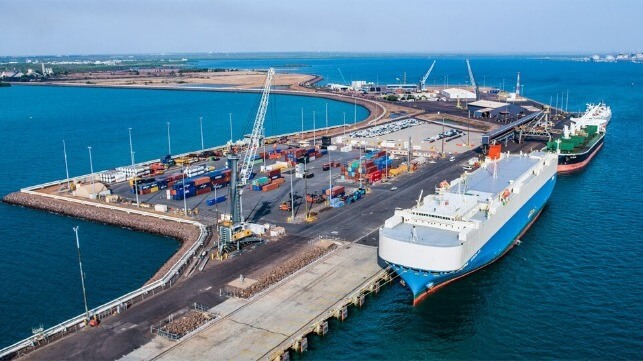In the current era, marked by rapid advancements in artificial intelligence and military technology, geography might seem obsolete. However, for many states, including China, geography remains a formidable constraint shaping their policies and ambitions. This concept, referred to as “Kaplan’s Revenge” after geopolitical analyst Robert D. Kaplan, underscores the resurgence of geographic significance in global power dynamics, particularly evident in China’s maritime pursuits.
Despite its remarkable economic and military ascent, China faces persistent geographical challenges that limit its strategic aspirations. The maritime landscape is particularly constricting, characterized by natural chokepoints and the presence of U.S. allies like Japan, Taiwan, and the Philippines. These locations, termed the ‘first island chain,’ act as formidable barriers, complicating China’s naval maneuvers despite its advanced anti-access/area-denial (A2/AD) capabilities.
The South China Sea, which China views as its sphere of influence, presents additional difficulties. The sea’s shallow depth and political contention create a volatile environment reminiscent of what the Mediterranean was to the Roman Empire. Unlike those earlier geopolitical contexts, the South China Sea is already heavily contested, complicating any attempt by China to assert dominance. The construction of artificial islands has enhanced China’s tactical reach, but U.S. Freedom of Navigation Operations (FONOPs) and the cautious stance of neighboring ASEAN countries hinder its strategic freedom.
A related challenge, the “Malacca Dilemma,” reflects China’s energy vulnerability, as over 80% of its oil imports transit through the Strait of Malacca—a critical chokepoint susceptible to blockades. While China has sought alternatives, such as the China-Pakistan Economic Corridor, these are not comprehensive solutions. Maritime trade remains paramount for China’s economic wellbeing, with significant amounts of industrial exports still flowing through the narrow strait.
In the Indian Ocean, China’s “string of pearls”—a network of ports—shows its expanding influence. However, many of these ports face political and operational challenges that undermine their effectiveness. The Indian Navy has a geographical edge in the region, bolstered by increasing U.S. support, which complicates China’s maritime operations further.
Kaplan’s observations emphasize that while geography does not wholly dictate international relations, it defines the realm of possibilities for states. For China, sophisticated naval technology and leadership will not override the geographical realities it faces. This is evident in its approaches to enhancing its maritime capabilities and exploring avenues like the Arctic to mitigate these constraints.
Ultimately, as the global landscape evolves, the enduring importance of geography in determining the strategies of even powerful nations is evident. China’s maritime ambitions face significant limitations rooted in geographic realities, a phenomenon that geography quietly yet persistently dictates regardless of technological advances. As strategic discussions continue to evolve, rediscovering foundational geographic principles might be essential in understanding the complexities of international relations in the future.
Source link





